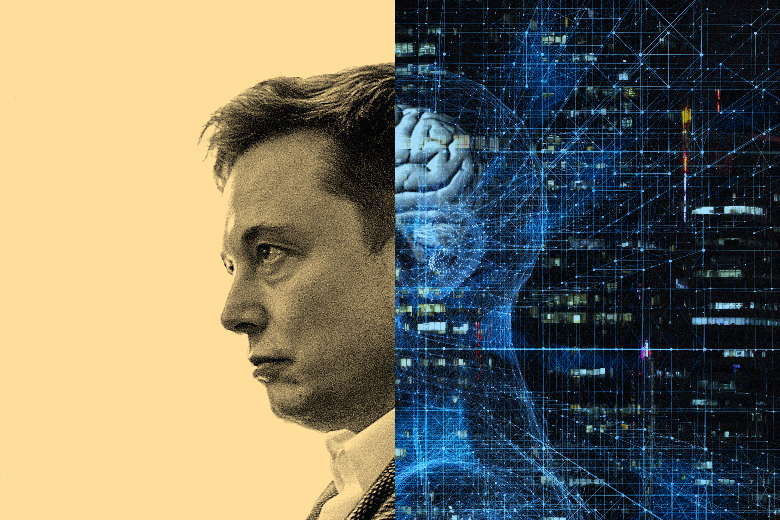SpaceX and Tesla CEO Elon Musk has finally brought out the much-awaited Neuralink surgical robot, a revolutionary and developed Brain machine interface which promises to eliminate the difference between humans and machines. Elon even tweeted out replying to his fans that- the Neuralink robot can help fight insomnia, amnesia , blindness and other medical conditions which are common in our century.
“It’s sort of a Fitbit in your skull with tiny wires”, said Elon Musk in the event of unveiling of Neuralink.
The Neuralink robot can perform differing types of tasks like providing a warning to few possible attack beforehand. This device also can play music as per the command, sort of a ”Spotify in your brain”. And the most important thing- it has a 24 hour battery life as well!
What is a Neuralink?
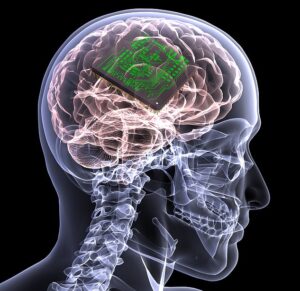
Neuralink -a Brain Machine interface which will be connected to the Brain’s soft tissue via thousand tiny wires. These tiny wires are connected and inserted into the brain by a robot which will be associated onto a stitching machine.
To understand a far off ‘chip’ being inserted in our brains referred to as Neuralink we’ve to first understand- the working of a person’s Mind.
The brain controls what we expect and feel, how we learn and remember, and therefore the way we move and talk. But it also controls things we’re less conscious of — just like the beating of hearts & the digestion of food.
When a message comes into the brain from anywhere within the body, the brain tells the body the way to react. For instance , you hear the phone ringing through ears and you walk and pick it up with your limbs.
The brain has billions of ‘wires’ called the neurons, of these tiny wires have specific task assigned to them. The sensory neurons send information from the eyes, ears, nose, tongue, and skin to the brain. The brain processes this newly received information and transfers it to different wires or neurons i.e. the Motor neurons that carry messages faraway from the brain to the specific part of the body.
All neurons, however, relay information to every other through a posh electrochemical process, making connections that affect the way we expect , learn, move, and behave.
Unfortunately for several humans, this function of the brain is hampered owing to various reasons.
Over the past few decades, we as a society became comfortable with having medical devices called “prosthesis” implanted in various parts of our bodies. For instance , a cardiac pace maker near our hearts to artificial hips and in additional recent decade we’ve also become increasingly comfortable with other prosthesis implanted like prosthetic legs, prosthetic hands and prosthetic knees.
Today this concept has reached the brain. It’s reached the brain so as to assist an outsized number of individuals who are affected by neurological diseases and injuries.
How in the world is this even possible?

It really depends on two recent advances- the primary is Neuroscience we now understand more about the brain and the way the languages of brain work and only enough that we will start having DIRECT conversations with it to assist people.
Second major advance is Technology, we now make sensors and low-power electronic circuits that we can actually plod ahead and medically implant directly within the brain.
With this advancement we have to start writing information ‘into’ the brain- what this suggests is that, often the matters that some people can’t take into their brains – the kinds of things that we as normal humans can.
For example, if we are blind its now possible to possess a tiny camera mounted on one’s glasses, absorb that video image and process it to place electrical pulses on a small ‘chip’ that sits within the back of your eye on the retina and thereby stimulate your eye like it would normally be stimulated for others.
This aids people that are profoundly hard of sight to ascertain light and dark patches maybe even some general shapes and be ready to start working through this world.
Another example is that the cochlear implant for completely deaf people and this works similarly with a touch microphone that picks vibrations of sounds, conversations with friends and loved ones and goes ahead and converts those signals into other little stimulation patterns that are delivered to the internal ear called the cochlea. This is often so powerful that you simply can even learn speech if your born without the power to listen.
A third example is Parkinson’s disease, which results in a profound tremor. But now we can implant a little pacemaker within the heart and electrical signals are found out through wires to an electrode that’s implanted in your brain. that tiny electrical current disrupts something that’s going wrong, some abnormal neural activity and therefore the tremors literally stop. It’s a bit like magic! All this can be simplified as – reading in to the brain.
Now what about reading information out of the brain? kind of the flip side of the coin.
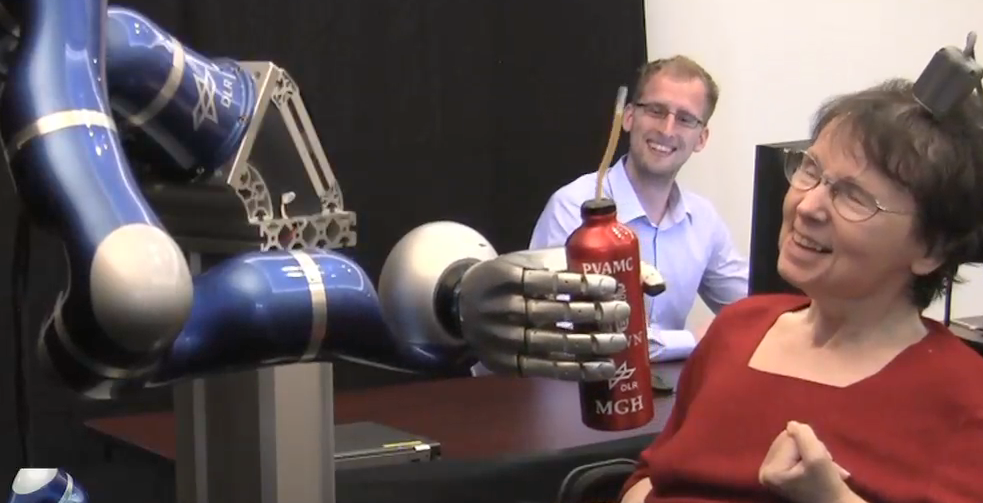
And why might we would like to try this? We’d want to read out arm movement information to assist paralyzed people. 1 in every 50 people round the world live with paralysis. The explanations for this paralysis range from stroke to spinal injury or traumatic brain injury.
How might we help somebody with such dependable medical condition? We’d be ready to help if we could eavesdrop in on the brain activity where presumably in his brain he still wishes to maneuver , he still intends and desires to maneuver . So we will devour those signals and easily decode them. We could drive prosthetic arms or stimulate his paralyzed muscles or maybe move a computer cursor on screen in order that he can type messages a bit like many of you’re doing on laptops or mobile phones.
Amazing right? Well guess what there’s already an invention called the Brain Machine Interface (1875) a tool that translates neuronal information into commands capable of controlling external software or hardware like a computer or robotic arm. BMIs are often used as assisted living devices for people with motor or sensory impairments.
This BMI industry is where the visionary Elon Musk is getting into with an already executed plan of making the foremost sustainable Brain machine interface chip protected by the wonders of Artificial Inteligence (AI) and with a popular name- “NEURALINK”.
The Commercial Side of Neuralink:

Elon being CEO makes this different from other recent things he’s started and puts Neuralink on the highest tier for him, where only SpaceX and Tesla have lived. When it involves neuroscience, Elon has the smallest amount of technical knowledge on the team but he also started SpaceX without any much considerably technical knowledge and quickly became a certifiable rocket science expert by reading and asking questions of the experts on the team. (Note to self: ask more doubts in school)
The business side of Neuralink may be a Brain Machine Interface development company where they need to make cutting-edge BMIs, in simple words a “micron-sized devices.”
Doing this may support the expansion of the corporate while also providing an ideal vehicle for putting their innovations into practice (the same way SpaceX uses their launches both to sustain the corporate and experiment with their newest engineering developments).
As for what quite interface they’re getting to work on first, here’s what Elon said in a Podcast in 2016:
“We are getting to bring something to plug that helps with certain severe brain injuries (stroke, cancer lesion, congenital) in about four years.”
It seems obvious to us today that using coal and steam engine technology to harness the facility of fireside was the thing that had to happen to ignite the Industrial Revolution.
Similarly, Musk started the Neuralink Corporation—trying to work out which spark will ignite the neuro revolution combined with the advantages of AI (Artificial Intelligence) .
In Neuralink’s case, an entire lot of things are being innovated. But as long as , here too, engineering will likely convince be the limiting factor which can need the assistance of Science. Hence a synchrinisation of both is a must. But the recent controvercy over the ex-employees of Neuralink says otherwise.
‘Move fast and break things’- the hyper engineering vs gradual science: Inside Musk’s Corporation.
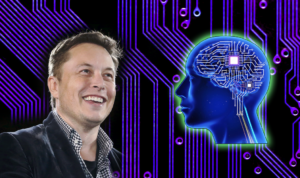
The unveiling of Neuralink was a serious event for the firm in such short time, but consistent with former Neuralink employees the progress has come at a price.
Ex-staff members say that the corporate is suffering from internal conflict and therefore the slow pace of science couldn’t continue with Musk’s demanding timelines. They claim scientists only got weeks to finish certain projects knowing the research needed longer to perfect, creating a way of deadline pressure in research.
According to STAT report, there are now only two of the eight founding scientists left at the firm thanks to the turmoil that has plagued the corporate .
‘This examination is predicated on interviews with five former Neuralink employees — all of whom spoke on condition of anonymity because they weren’t permitted to debate the work publicly or were concerned about facing retribution — and 4 independent experts and competitors working in brain-machine interface research,’ says – STAT reports.
The ‘sewing robot’ is claimed to cost between $10 million and $20 million in start-up cash, but now are often made for about $500,000.
The staff primarily consists of scientists, which said creates tension because the firm is two-faced because it switches between ‘a tech company and a medical device company,’ one former employee said.
Along with an psychological state , the corporate features a demanding culture that one former employee described as a ‘pressure cooker’ and far of the staff felt ‘completely overwhelmed.’
The turmoil eventually created riffs between engineers and neuroscientists who argued about leadership and methods to urge the corporate off the bottom , said several ex-staff members who noted Musk typically sided with the engineers during such conflicts.
The Dark side of a Brain Chip controlled by robots:
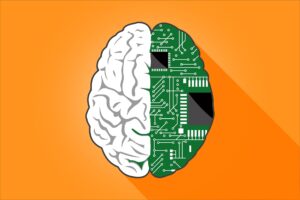
As is usually the case with the arrival of latest technologies, it rolls down tons of fear and suspicion. And this point , the stakes are extra high because the AI takeover is among an increase . Here are some things that would go completely wrong for Neuralink:
Crash of Computer: Computers produce bugs. And normally that’s not a great issue, because you’ll try restarting or you can just get a replacement computer. You can’t get a replacement head. There will be a need of higher number of precautions taken here.
The Hackers Hack: that’s what they are doing and it’s been accepted as a part of our digital lives. Except this point , they can access your thoughts, sensory input, and memories. Not to scare you but imagine thinking that in the sensory part of brain- “I’m going to take a nap” but the chip is hacked and the motor part is re-programmed to- “I’m going to rob a bank.” No professor can save you at this point . (Bella ciao ciao ciao)
The Re-wiring of identity: Brain interfaces can put information in and not only out. Meaning an ingenious hacker could be ready to change your thoughts or your vote or your identity or cause you to want to try to to something terrible you normally wouldn’t ever consider. And you wouldn’t realize it ever happened. You’ll feel strongly about voting for a candidate and a touch a part of you’d wonder if someone manipulated your thoughts so you’d feel that way.
Let’s get out of this dark paragraph and advance to brighter things-
Why Neuralink is worth a penny of your thought?
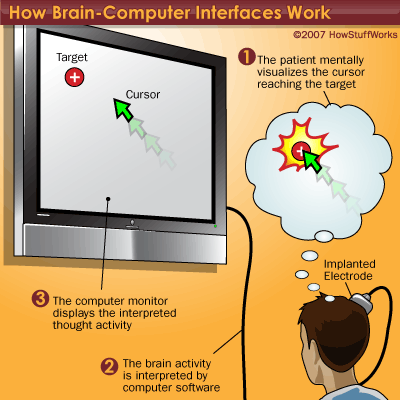
Advancements in Physics allow bad guys to form nuclear bombs. Biological advancements allow bad guys to form bioweapons. The invention of cars and planes led to crashes that kill over 1,000,000 people a year. the web enabled the spread of faux news, made us susceptible to cyberattack, made terrorist recruiting efforts easier, and allowed predators to flourish.
And yet, would people prefer to reverse our understanding of science, return to the times of riding horses across land and rafts across the ocean, or get off the internet?
Probably not.
New technology also comes along side real dangers and it always does find yourself harming tons of individuals. But it also always seems to assist tons more people than it harms. Advancing technology nearly always proves to be a touch on the positive side.
There will always be a fear in human brain regarding the concept of latest technology—because mind worries it’s unhealthy and makes us less sensitive. On one side we are immensely grateful for technology. And yet our opinion holds that technology is ruining our lives.
But a vastly larger group of excellent guys will wage war back, as they always do, and an enormous “brain security” industry are going to be born. They also inspire us to think beyond our imagination by being the pioneers. People tease them, call them ‘crazy’. But these are the people that often change the face of mankind.
The budding industry of brain-machine interfaces is that the seed of a revolution which will change almost everything. But in some ways , the brain-interface future isn’t really a replacement thing that’s happening. If you’re taking a step back, it’s more just like the next big chapter during a trend that’s been happening for an extended time.

Language took forever to show into writing, which then took forever to show into printing. Then came electricity and therefore the pace picked up. Telephone. Radio. Television. Computers. And a bit like that, everyone’s homes became magical. Then phones became cordless. Then mobile. Computers went from being devices for work and games to windows into a digital world we all became a neighborhood of. Then phones and computers merged into an everything device that brought the magic out of our homes and put it into our hands. And on our wrists.
We’re now within the early stages of a virtual and augmented reality revolution which will wrap the magic around our eyes and ears and convey our whole being into the digital world. You don’t got to be a futurist to ascertain where this is often going.
‘Magic’ has worked its way from industrial facilities to our homes to our hands. then it’ll take subsequent natural step. It’ll get into our heads.
Science is to understand origin and truth while engineering is to create new things based on scientific data. Many say that great scientist like Albert Einstein has made a huge change for the world. That’s true!
But we often forget that world-changing inventions such as computers, automobiles or telephones were created by simple ideas from ordinary people like us. So anyone can invent new technology from ideas. Thus anybody can change the world.

